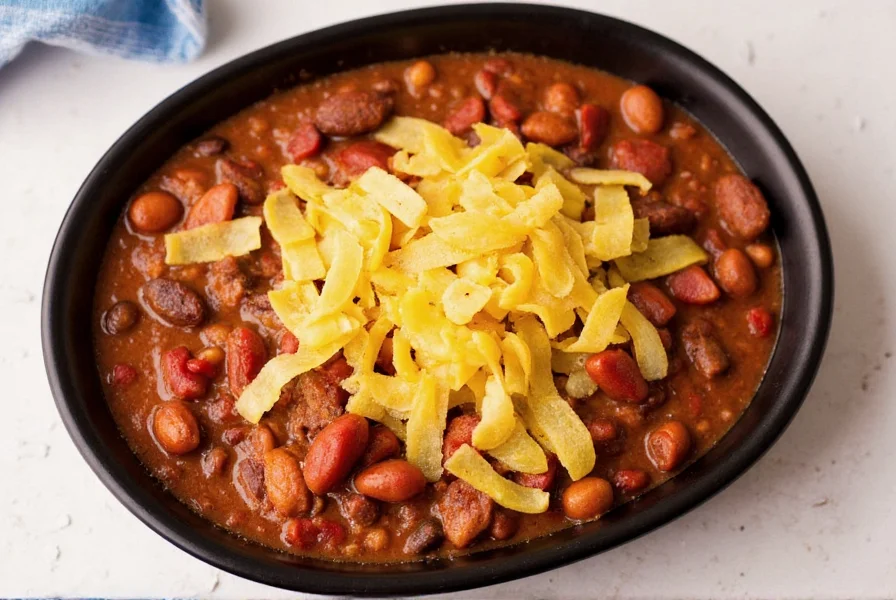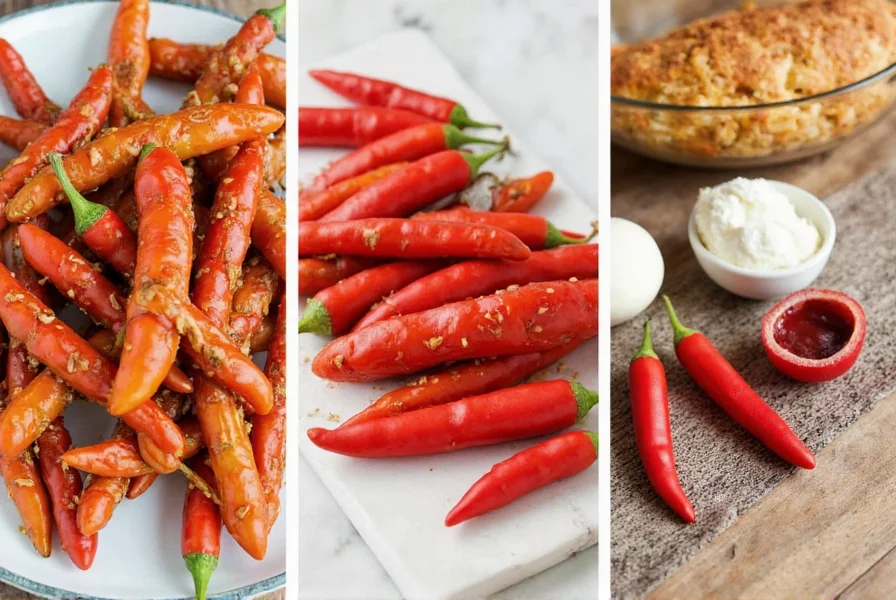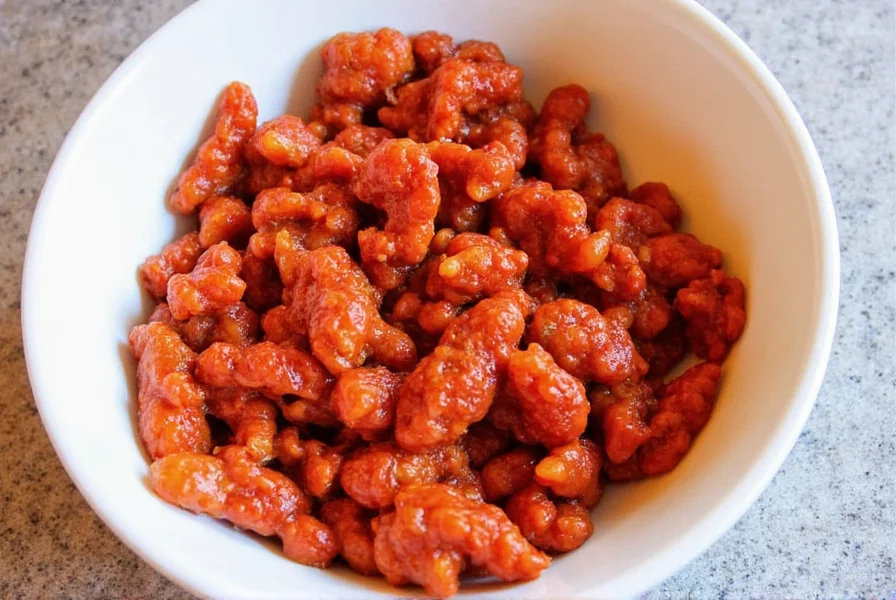If you've ever wondered what to do with leftover chili peppers, you're not alone. Reusing chili peppers is a simple way to reduce food waste while adding extra flavor to your meals. In this guide, we'll show you practical tips for storing, repurposing, and maximizing the use of your chili peppers—so nothing goes to waste.
Table of Contents
- Why Reuse Chili Peppers?
- Top 7 Ways to Reuse Leftover Chili Peppers
- Storage Tips for Fresh & Dried Chilies
- Buying Guide: Choosing the Right Chilies
- Creative Uses Beyond the Kitchen
- Frequently Asked Questions
- Conclusion
Why Reuse Chili Peppers?
Chili peppers can be expensive, especially specialty varieties like habaneros or ghost peppers. Reusing them makes financial sense while supporting sustainable cooking practices:
- Cost-effective: Stretch every pepper's value across multiple dishes.
- Eco-friendly: Reduce food waste and minimize environmental impact.
- Flavor-rich: Even spent chilies retain aromatic compounds that enhance dishes.
- Creative outlet: Experiment with new textures and applications beyond traditional recipes.
Top 7 Ways to Reuse Leftover Chili Peppers
Transform your chili scraps into culinary gold with these practical methods:
-
1. Make Homemade Chili Oil
Save dried chili bits from stir-fries or sauces. Simmer them in oil with garlic and salt for a versatile condiment perfect for noodles, rice bowls, or dipping sauces.
Chili Type Heat Level Best For Thai Bird's Eye High Spicy oils, marinades Ancho Mild-Medium Soups, stews Poblano (dried) Medium Rubs, sauces 
-
2. Blend Into Smooth Pastes
Turn roasted poblanos or jalapeños into instant paste by blending with vinegar, lime juice, and oil. Store in fridge or freezer for future use in tacos, sauces, or dips.
-
3. Infuse Vinegar or Brines
Fill a jar with chili scraps, cover with vinegar or brine, and let sit for 3-5 days. Use this fiery vinegar for pickling vegetables or adding zing to dressings.

-
4. Dehydrate and Grind Into Powder
Dry leftover chilies in oven or dehydrator until crisp. Grind into powder for custom spice blends with salt, garlic, or other seasonings.
-
5. Use as a Base for Broths
Add chili stems or ends to stocks and broths for subtle heat and depth. Perfect for soups, stews, and grain dishes.
-
6. Roast Again for Smoked Flavor
Revive slightly wilted fresh chilies by roasting them over flame or in oven. Ideal for poblanos, jalapeños, and anaheims to intensify smoky notes.

-
7. Add to Compost for Pest Deterrence
Chili scraps contain capsaicin, which naturally repels garden pests. Mix into compost piles to deter rodents and insects while enriching soil.
Storage Tips for Fresh & Dried Chilies
Proper storage extends usability and preserves flavor for reuse:
| Type | Storage Method | Shelf Life | Tips |
|---|---|---|---|
| Fresh Chilies | Refrigerate in paper bag or breathable container | 1–2 weeks | Avoid plastic bags to prevent moisture buildup and mold. |
| Dried Chilies | Airtight container away from light | 6–12 months | Add desiccant packet to absorb humidity. |
| Roasted/Frozen Chilies | Blanch before freezing; use freezer-safe bags | 6–8 months | Label with date and variety for easy identification. |
Buying Guide: Choosing the Right Chilies
Select chilies based on heat preference and intended use:
- Jalapeño: Mild-medium heat; perfect for salsas, nachos, and stuffing.
- Habanero: High heat with fruity notes; ideal for hot sauces and Caribbean dishes.
- Ancho/Poblano: Dried ancho offers earthy sweetness; fresh poblanos excel for roasting and stuffing.
- Bird's Eye: Intense heat; staple in Thai cuisine for authentic spice.
- Ghost Pepper: Extreme heat; best for experienced cooks and daring recipes.
- Pasilla: Deep, raisin-like flavor; excellent for moles and complex sauces.
- Chipotle: Smoked jalapeños; bold, smoky profile for BBQ and rubs.
Recommended Tools:
| Product Name | Description | Features | Use Case | Audience |
|---|---|---|---|---|
| Chili Prep Station Set | Includes gloves, seed remover, and slicing board | Clean handling, ergonomic tools, easy storage | Home cooks preparing fresh chilies | Beginners to intermediate users |
| Dehydrator with Adjustable Temperature | Dries fruits, herbs, and chilies evenly | Multiple trays, quiet motor, energy-efficient | Making chili powders and flakes | Food prep enthusiasts and gardeners |
| Chili Grinder with Stainless Steel Blade | Turns dried chilies into fine powder | Durable, easy to clean, compact design | Creating custom spice blends | Cooking pros and DIY spice lovers |

Creative Uses Beyond the Kitchen
Chili peppers have non-culinary applications too:
- Natural Pest Repellent: Mix ground chili with water for garden spray to deter animals and insects.
- DIY Fire Paste: Combine powdered chili with beeswax and coconut oil for warming salve in cold weather.
- Crafting: Dried chilies create vibrant decorations for wreaths, centerpieces, or holiday displays.
Frequently Asked Questions
What does "reusing chili peppers" mean?
Reusing chili peppers means repurposing leftover or spent peppers to extract additional value—whether through cooking applications, storage techniques, or non-food uses. This practice reduces waste while maximizing flavor and utility from every pepper.
Can I reuse any type of chili pepper?
Yes! All chili varieties can be reused, though methods vary by type. Dried chilies work best for oils and powders, while fresh chilies excel in pastes and infusions. Match the pepper's heat level and flavor profile to the reuse method for optimal results.
How long do reused chili products last?
Storage times vary: chili oils last 2-3 weeks refrigerated; infused vinegars keep 6-12 months sealed; chili powders stay fresh 6-12 months in airtight containers; frozen pastes maintain quality 6-8 months. Always store in clean containers and check for spoilage before use.
Is it safe to reuse cooked chili scraps?
Yes, as long as cooked chilies were refrigerated within 2 hours and used within 3-4 days. Additional processing (like heating in oil or vinegar) further ensures safety. Always use clean equipment during reuse preparation.
How to handle chilies safely with sensitive skin?
Wear disposable gloves when handling hot chilies. Avoid touching face or eyes. If contact occurs, wash with soap and cold water (not hot water). Milk or oil can help dissolve capsaicin before washing. Use tools for extremely hot varieties like habaneros or ghost peppers.
Can I use reused chilies for children or low-heat tolerance people?
Absolutely. For milder applications, remove seeds and membranes before reuse, or use naturally mild varieties like poblanos. Dilute strong products with neutral ingredients (e.g., mixing chili oil with vegetable oil). Always label heat levels clearly to avoid accidental over-spicing.
Do reused chilies lose nutritional value?
While some vitamin C may degrade with heat exposure, reused chilies retain key nutrients like capsaicin (which offers health benefits) and antioxidants. Repurposing peppers prevents nutrient loss from discarded food, making your cooking more nutritionally efficient overall.
Conclusion
Reusing chili peppers transforms waste into culinary gold—saving money, reducing environmental impact, and unlocking new flavors. Whether you're making chili oil from scraps or using pepper stems in broth, every part of the pepper has value.
Next time you have leftover chilies, think beyond the trash can. With these practical techniques, you'll turn what would be waste into delicious, sustainable ingredients that elevate your cooking.
Start today and join the movement of mindful cooking where nothing goes to waste!












 浙公网安备
33010002000092号
浙公网安备
33010002000092号 浙B2-20120091-4
浙B2-20120091-4